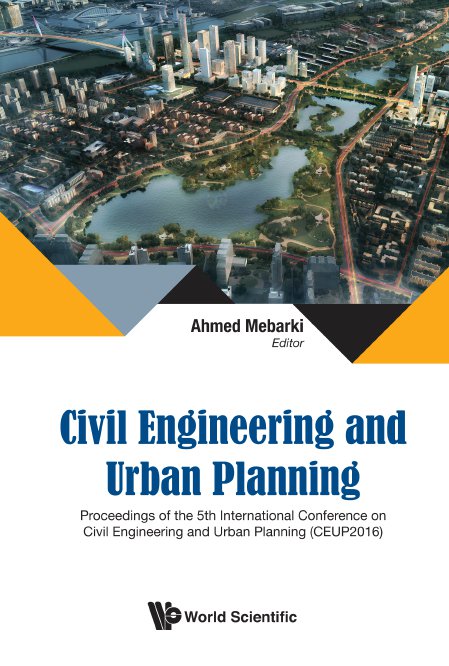Numerical Simulation and Diagnosis Analysis on the Flood Rainstorm Process in Hainan Island
Numerical simulation and diagnostic analysis on the heavy rainfall in Hainan Island during 14-15 October, 2000 were conducted using the WRF model and NCEP re-analysis data. The observed 48 h accumulative rainfall amount is successfully simulated in the 4km experiment, with the similar result that the rainfall distributed more in the east than in the west and more in the north than in the south. The accumulative rainfall of the simulation center is about 100 mm more than the observations (651 mm), the center of simulation is about 50 km south of observation. The results of diagnosis show that: the trigger mechanisms of rainfall are cold air infiltration in low-level and dry intrusion in middle-level. The tropical depression in south of Hainan Island not only brought plenty of water vapor for rainfall, but also enhanced the lower-level jet stream (LLJ) because of its strong pressure gradient. The structure characteristic shows that LLJ have both of the shear of wind direction and strong wind speed. Two belts of water vapor convergence from ocean were confluent in north of Hainan Island. Divergence vertical flux and water vapor flux divergence indicate the location of rainfall, which is valuable for rainfall forecasting using model.



